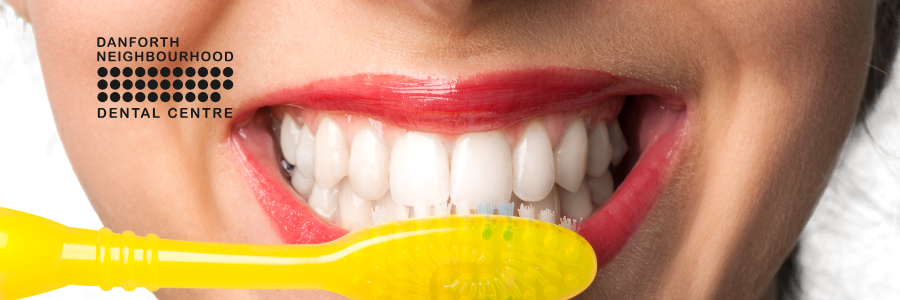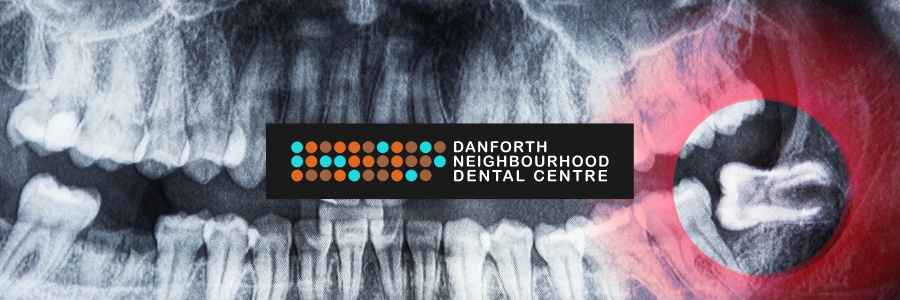A Gentle Journey Towards Optimal Dental Health
Tooth Extractions:
A Gentle Journey Towards Optimal Dental Health
Tooth extractions are among the most common dental procedures performed, yet they remain a source of anxiety for many. Whether it’s the simple removal of a decayed tooth or a more complex surgical extraction, the goal remains the same: to safeguard the overall health of the mouth. Understanding the intricacies of tooth extractions can help dispel myths and ease concerns, ensuring a comfortable and informed dental experience.
Types of Tooth Extractions
Simple Extractions: As the name suggests, these are performed on teeth that are visible in the mouth and can be removed with relative ease. After the application of a local anesthetic to numb the area, the dentist loosens the tooth using an instrument called an elevator. Once loosened, forceps are used to remove the tooth.
Complex or Surgical Extractions: These are reserved for teeth that are broken off at the gum line, haven’t fully emerged (such as impacted wisdom teeth), or have roots that are not easily accessible. This type of extraction might require making a small incision in the gum or even removing a bit of bone around the tooth. Surgical extractions typically necessitate a stronger anesthetic and, occasionally, sedation to ensure patient comfort.
Why Might You Need a Tooth Extraction?
Several circumstances can lead to the need for a tooth extraction:
Severe tooth decay or infection that is beyond repair.
Overcrowded teeth, often as a preparatory step for orthodontic treatment.
Impacted teeth, commonly seen with wisdom teeth.
Teeth compromised due to gum disease.
Broken teeth that cannot be restored.
Ensuring a Smooth Extraction Experience
Pre-Procedure Communication: It's crucial to discuss any existing health conditions, medications, or fears with your dentist. This open dialogue ensures personalized care tailored to your needs.
Post-Procedure Care: Following the dentist's aftercare instructions is vital. This may include advice on managing swelling or pain, dietary restrictions, and oral hygiene practices to promote healing.
Consider Sedation Options: For those with dental anxiety or undergoing a complex extraction, discussing sedation options can make the procedure more comfortable.
In Conclusion
Tooth extractions, whether simple or complex, are standard procedures with a primary goal: to maintain or restore the health and functionality of your mouth. Modern dentistry, with its advanced techniques and tools, ensures that extractions are as painless and swift as possible. So, if you're facing the prospect of a tooth extraction, take solace in knowing that it's a step towards a healthier smile. With the expertise of dedicated dental professionals, you're in safe hands, every step of the way.
Recommended For You




